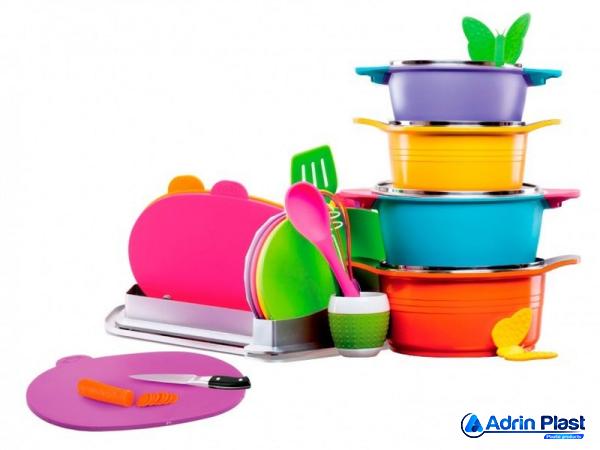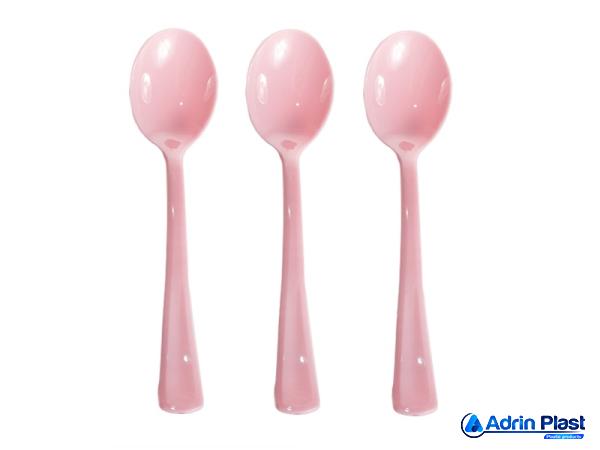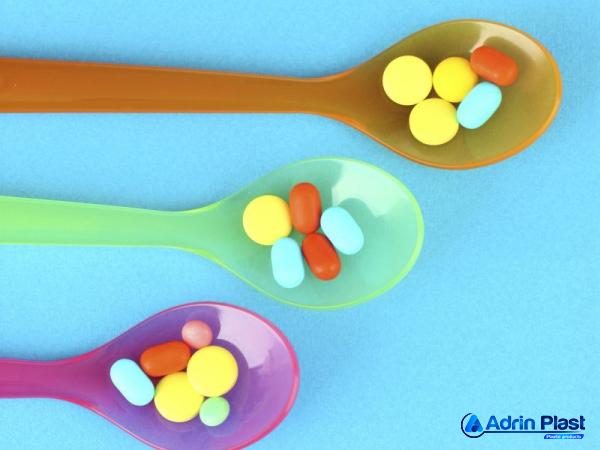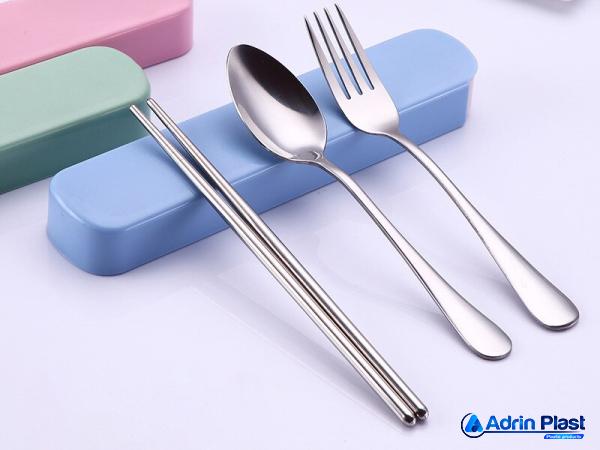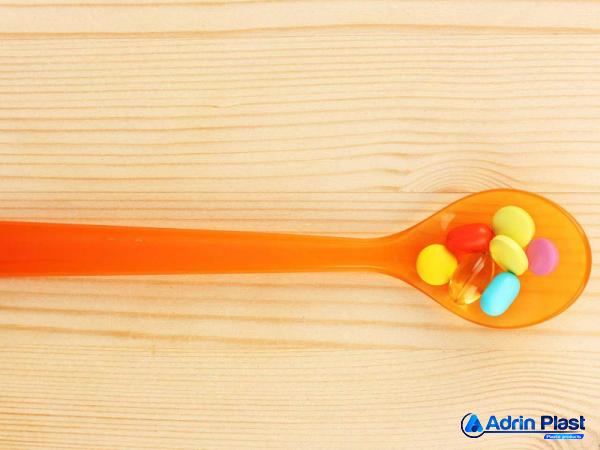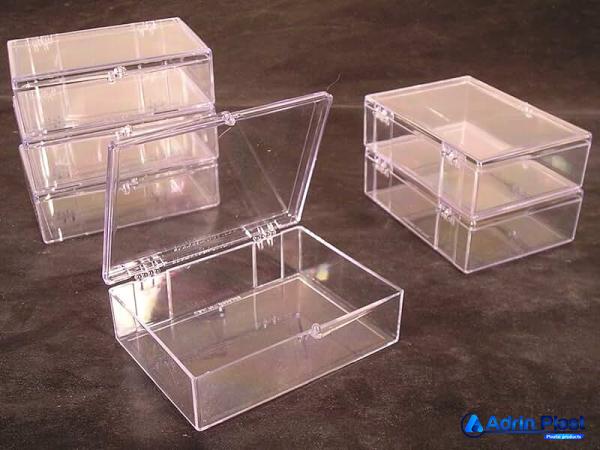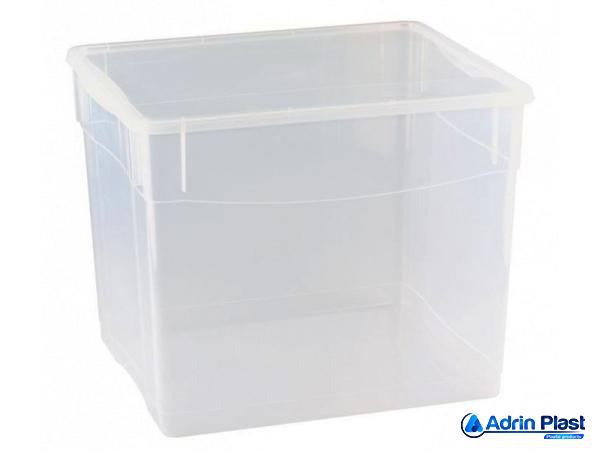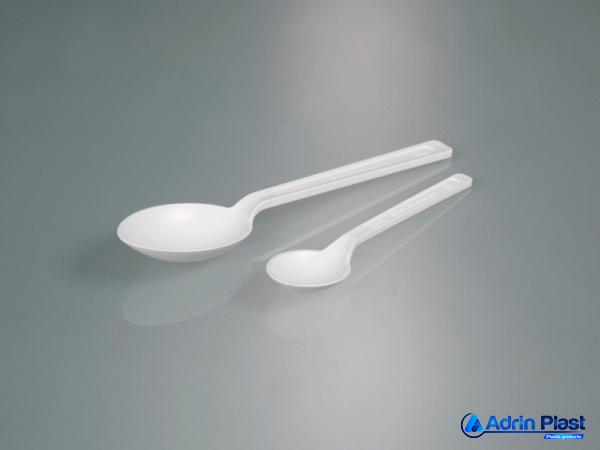Price and Buy plastic raw materials ltd + Cheap Sale
In this post, we will talk about all types of raw plastic materials and the kinds used in our daily lives
When it comes to plastic pollution and sustainability, one of the most often asked questions is, “Isn’t all plastic the same?” Here, we’ve chosen to address this topic
Despite this, many individuals incorrectly assume that the material offered here is continuous throughout
While there are literally thousands of plastics and polymers out there, just a few come into touch with humans on a regular basis
Plastic is here to stay, regardless of what we think about it or what we support in terms of developing alternatives
In order to better understand it, I advise that we make an effort rather than merely hitting it or ignoring it
Ultimately, not all plastic is a bad thing
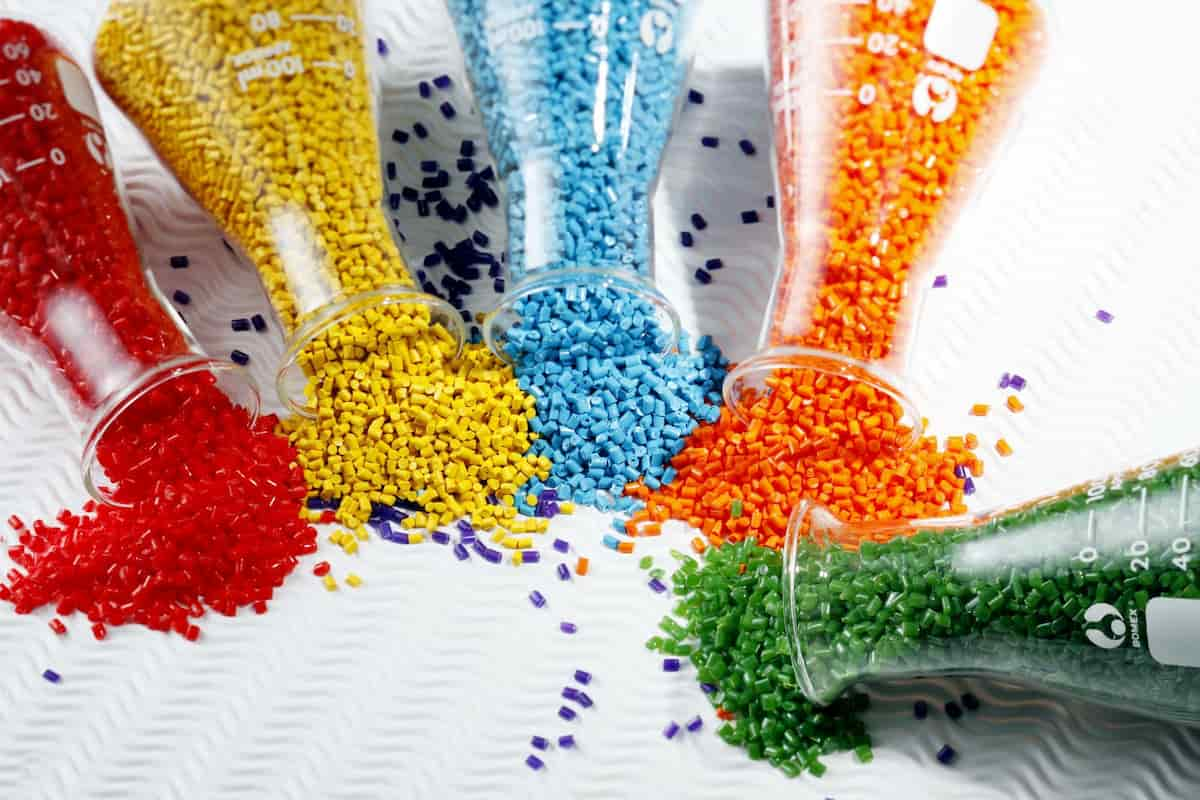
Unquestionably, this has benefits for people, and one might even argue that it has ecological benefits as well, although in very limited circumstances
Do you like reading such thought-provoking material? The more money we raise, the more people will be helped
A thorough understanding of the different types of plastics available is critical to understanding the intricacies of recycling and the recycling process, as well as the health dangers of plastics
However, “complexity” is the key word here
This article’s only goal is to provide readers with a starting point for further research
Rather than providing an in-depth study of the topic to people who are already acquainted with it, it is designed for individuals who have little or no previous understanding of it
The first step is to get down to the basics of the many types of plastics that we see most often and then number them according to their recycling codes
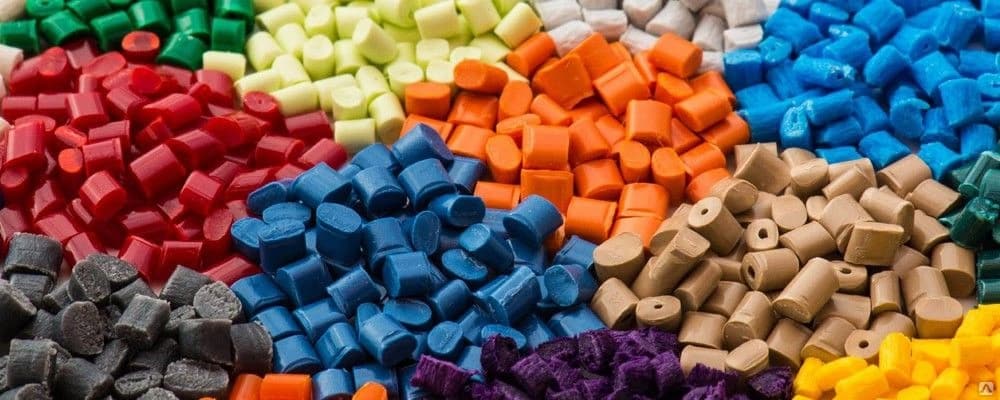
Types of plastic raw materials
We’ll discuss some fundamental plastics in the following paragraphs
PETE or PET is the first
This chemical is a common plastic
Because of its low weight, robustness, and occasionally translucent appearance, it’s utilized in food and textile packaging
Polyvinyl chloride, PVC, or vinyl is stiff and rigid plastic that is resistant to chemicals and weathering, making it perfect for construction and building applications
On the other hand, due to the fact that it does not carry electricity, it is often used in high-tech applications such as wires and cables
Because it is resistant to germs, simple to sterilize, and provides one-time applications for minimizing infections in the healthcare industry, it is also commonly utilized in medical applications
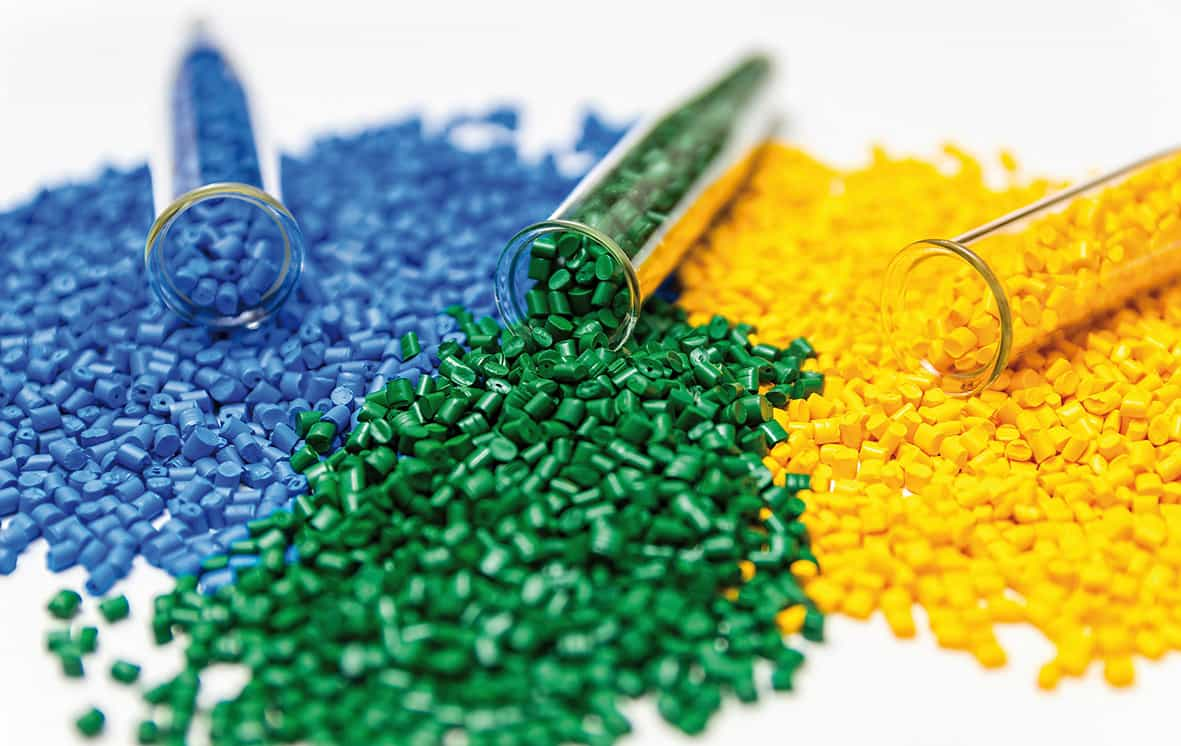
PVC, on the other hand, is recognized as the most hazardous plastic for human health and is known to wash away deadly pollutants such as lead, dioxins, and vinyl chloride throughout its life cycle
We must be conscious of this fact that PVC is the most hazardous type of plastic
High-Density Polyethylene or HDPE is a Polyethylene that is the most widely used plastic in the world
However, it may be further subdivided into three distinct types: high density, low density, and low linear density
In general, high density polyethylene is the most prevalent variety
HDPE is a material that is perfect for use in cartons, containers, pipelines, and other construction components due to its high strength as well as its resistance to moisture and chemicals
Polyethylene with a Low Density or LDPE is a variant of HDPE that is less rigid, more transparent, and more pliable
In most cases, it is used as a liner for beverage cartons, as well as for corrosion-resistant work surfaces and various other items
Others are going to be discussed in the next section

All types of plastic raw materials
A long-lasting material, polypropylene PP is also known as polypropylene
Due to its stronger temperature resistance than other materials, food packaging and food storage, both of which may be subjected to high temperatures while in use, are good candidates for its application
While it may bend a little, it retains its shape and strength for an extended period of time
Polystyrene, PS, or Styrofoam, is rigid polystyrene, more often known as styrofoam, which is a vital component in the food processing, packaging, and building construction industries due to its low cost and great insulating ability
Polystyrene, like PVC, is considered a toxic material
Styrene is one of the most easily flushed out contaminants, and because of this, it may easily be absorbed by food and ingested by humans
And of course, there’s always the terrible other option! “Other plastics” refers to plastics that don’t fall into any of the other six categories or are a combination of multiple kinds of plastics
The fact that these polymers are often non-recyclable is the most important factor
The most common kind of plastic that we encounter is described in the following section for your convenience
Naturally, this is foundational information on a topic that may take months to research
In the same way plastic is a complex substance, so is its production, distribution, and usage
We recommend thoroughly examining these issues, including plastic’s properties, recyclability, the health risks linked with it, and alternatives, such as bioplastics, which have both advantages and cons
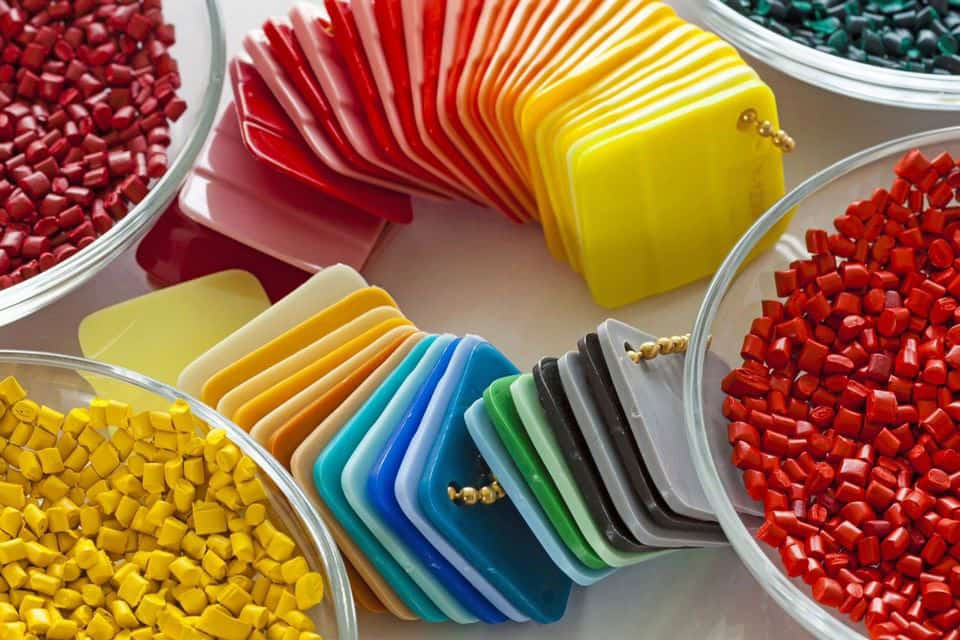
All kinds of plastic raw materials
The whole planet is coated with plastic, which very certainly encompasses all different sorts of raw materials
Whether or not you are aware of it, almost everything that you encounter and use on a daily basis is made of plastic, either wholly or in part
This is true regardless of whether or not you are aware of it
Plastic components may be found in a variety of everyday things, like the television, computer, vehicle, and refrigerator in your home
These components were designed to make your life easier and more convenient
On the other hand, not all types of plastic are identical to one another
Plastics may be manufactured from a dizzying array of distinct materials and compounds, each of which brings its own set of qualities to the table in the production process
All of the topics that were covered in the first two sections of this series will be revisited here
The seven types of plastic that are used the most often are as follows; Polycarbonate or PC Acrylic or polymethyl methacrylate or PMMA Polypropylene or PP Polyethylene or PE Polyethylene Terephthalate or PET Polyvinyl chloride or PVC A mixture of acrylonitrile, butadiene, and styrene or ABS

Different types of plastic raw materials
As you know, there are different types of raw plastic materials, one of which is called polyethylene, which is the most prevalent plastic on the planet and may be manufactured in various densities
The finished plastic may take on a variety of distinctive physical characteristics depending on the density of polyethylene used
As a consequence of this, polyethylene may be found in a great deal of different items
Here are four typical polyethylene densities: Polyethylene with a Low Density or LDPE
This density of polyethylene has the ability to crystallize, and it may be used to manufacture a variety of things, including shopping bags, plastic bags, transparent food containers, disposable packaging, and more
Polyethylene with a medium density or MDPE
The increased number of polymer chains in MDPE gives it a higher density, which explains why it is so popular in applications such as gas pipes, shrink tapes, bags, screw caps, and so forth
HDPE stands for high density polyethylene
HDPE plastic films are utilized in items such as plastic bottles, water and sewage pipes, skis, boats, and folding chairs because they are more durable than MDPE and LDPE plastic films
Polyethylene with a very high molecular weight or UHMWPE which is somehow new
The difference in density between UHMWPE and HDPE is not that significant
Because of its very long polymer chains, this kind of polyethylene plastic has a greater resistance to abrasion when compared to HDPE
Because of its high density and frictional qualities, UHMWPE may be used in a variety of applications, including body armor for the military, hydraulic gaskets and bearings, artificial ice skating rinks, and biological materials for hip, knee, and spine implants
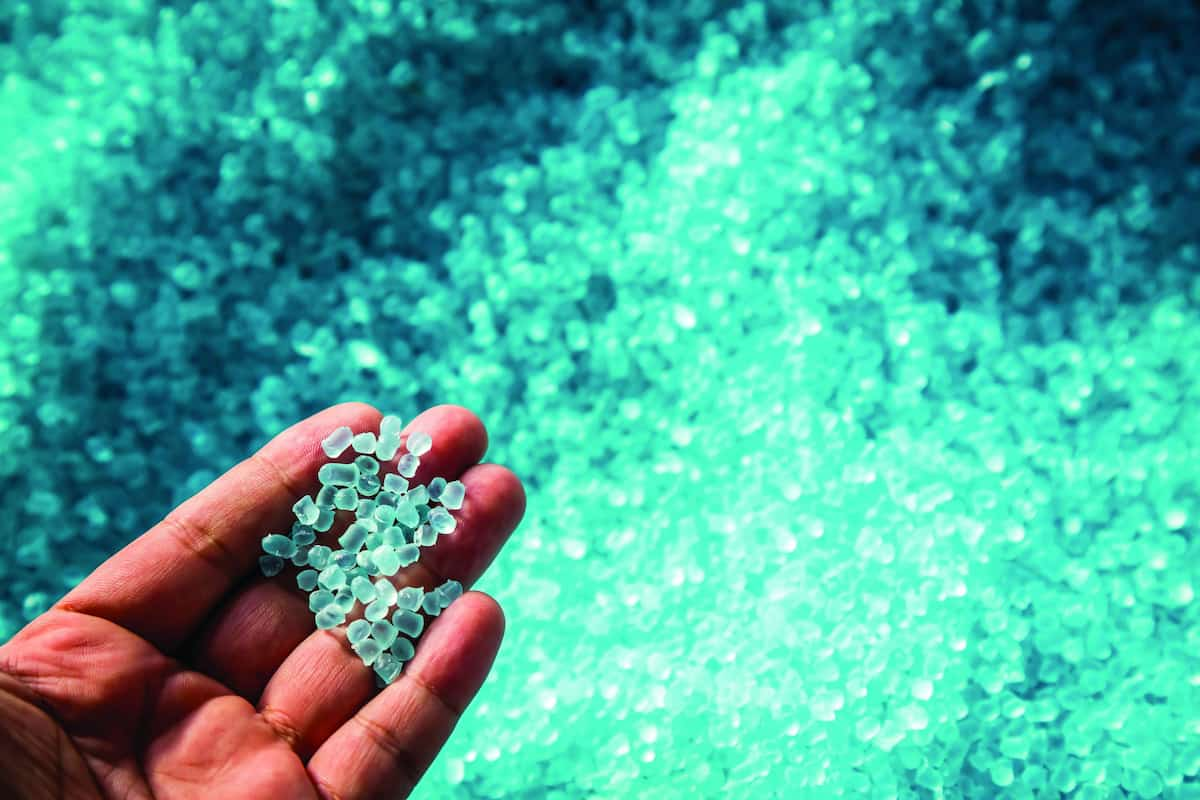
Plastic raw materials types
The widespread use of raw plastic in applications that had previously depended on conventional types of materials such as metal, glass, or cotton was one of the most significant developments that took place in the 20th century
Plastics were first introduced widely and adopted in many common uses
Plastic has caused a revolution in many different industries for a variety of different reasons
These reasons include their ability to withstand the deterioration caused by the environment over time, the fact that they are generally safe for human consumption, that they are inexpensive and widely available, and that they come in a variety of material properties that can be adapted to suit a wide range of applications
The following is a list of the 11 types of plastics that are absolutely necessary in today’s world:
Polyethylene terephthalate, sometimes known as PET or PETE, has found widespread use as a fiber (“polyester”)
A very efficient barrier against moisture
Explosive
Polyethylene (PE): A bottle containing a plastic cleaner made of polyethylene (PE)
HDPE containers made of plastic
Polyvinyl chloride, sometimes known as PVC, is clear
Rigid (although different PVC versions are actually designed to be very flexible)
Strong
Polypropylene (PP): Unique usage for live hinges
Simple to produce
Application of foam made of polystyrene (PS)
Polylactic acid (PLA): physiologically degradable
Printing in three dimensions by oneself (DIY)
Polycarbonate (PC) material of the clear kind
Strength in plenty
Clear acrylic (PMMA) material Resistance to scratches
Acetal (also known as polyoxymethylene, or POM) has a low coefficient of friction
Nylon (PA): A very durable material with Temperature resistance
The vulnerability of ABS (acrylonitrile butadiene styrene)
Everything is at your disposal
Simple to produce
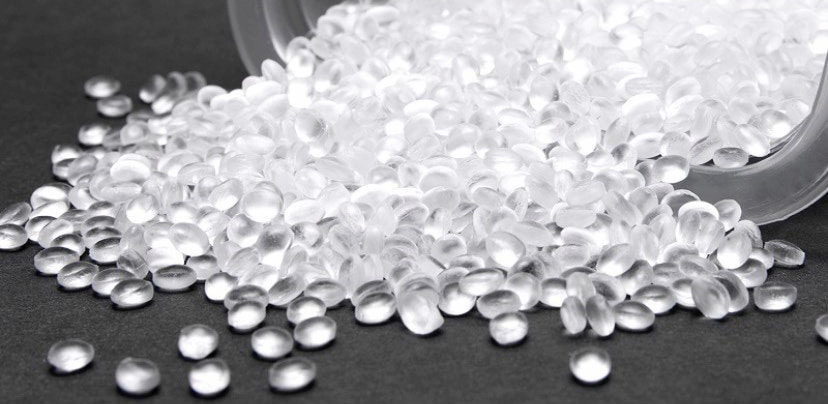
How many types of plastic raw materials are there
In the last part, we explained how many types of raw plastic materials there are in the world
A substance that can be molded or shaped into useful items is said to be made of plastic
Plastic is described as a combination of polymers and additives that have this capacity
This is carried out at conditions of temperature and pressure that are considered typical
Plastics, compared to rubber or other elastomers, often have a high stiffness or modulus and an inverse flexibility
This trait serves to differentiate plastics from elastomers
The two most important classes of plastics are known as thermoplastics and thermostats (thermostats)
Injection or extrusion resins are examples of thermoplastic goods that can constantly be reshaped or recycled despite their capacity to continue to soften, melt, and reshape themselves

Thermoset materials, on the other hand, do not possess this quality
The thermoplasticity of tuna is unquestionably more essential than its other characteristics
The word “homopolymer” refers to the plastic polymer created from only one type of monomer
The term “copolymer” refers to a situation in which a polymer is created by combining two or more monomers
In this post, we talked about different types of plastic raw materials which are available in our factory with the best quality and reasonalbe prices
If you like to know more about our company and the quality of our products, get in contact with our experts and ask about our raw materials specification and quality along with reasonable quotes


